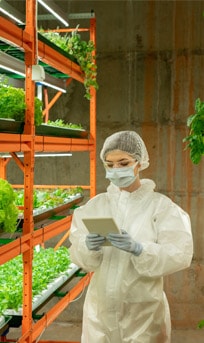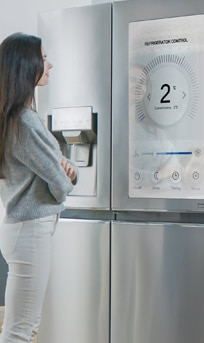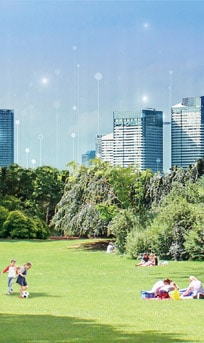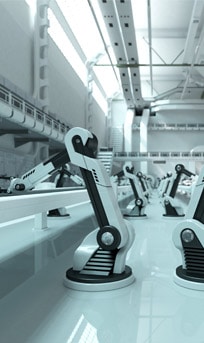Smart, Low-carbon Transport Opens up the Mobile Third Space
Predictions
Directions for Exploration

Electric vehicles for green transport
Snapshot from the future: New energy for green mobility
Snapshot from the future: New energy aircraft trials

Autonomy opens up the mobile third space
Snapshot from the future: Autonomous driving and vehicle-road-cloud synergy in the fast lane
Snapshot from the future: Urban air mobility

Sharing vehicles for faster, low-carbon transportation
Snapshot from the future: Mobility as a Service available on demand

Connected vehicles for safer, faster, and larger-scale autonomous driving
Snapshot from the future: Safer, more efficient dispatch services
Snapshot from the future: Broadband in the air, just as at home
More Outlooks













